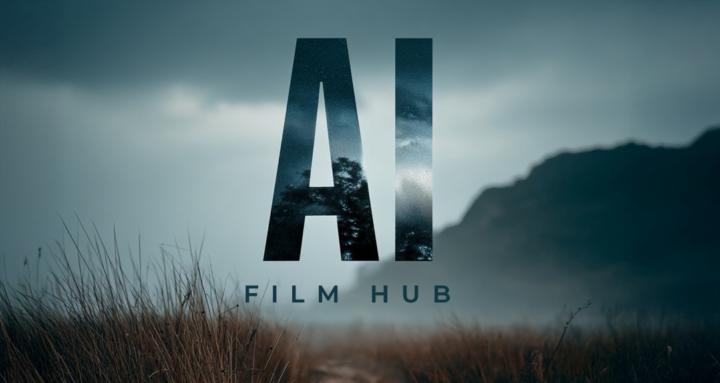
Write something
Pinned
The Holy Grail is Here. Character Consistency is a Solved Problem.
For those of us in the trenches of AI filmmaking, the journey has been a brutal cycle of breathtaking breakthroughs followed by soul-crushing limitations. We’ve fought the good fight, armed with clever workarounds, convoluted hacks, and digital band-aids to solve the two great plagues of our craft: character and environmental consistency. Today, that era is officially over. We've arrived. And the solution has come from a ridiculously named but profoundly powerful tool: Nano Banana. For filmmakers who, like me, believe in an Image-to-Video workflow, Nano Banana is not just an update; it's the missing piece of the puzzle. It’s the master key. It allows us to take a single, perfect frame—a master shot—and build an entire, perfectly consistent cinematic sequence around it. Here's a short scene I did in a couple of hours. I'm going to be posting a tutorial of my workflow in a separate article.

Diner Scene | Tools & Workflow
Here’s a quick rundown on my workflow for the diner scene. If you haven't seen it yet, the link is in the description. This entire scene started with a single Midjourney image. I liked the aesthetic and wanted to test some different tools for character consistency and lip sync using an Image-to-Video workflow. (The Toolkit) Here’s the full list of tools used for this scene: - Image Gen: Midjourney & Nano Banana - Image Editing: Adobe Photoshop & Midjourney - Video Gen: Seedance, Kling - Lip Sync: Kling & LipSync Pro on Wavespeed - Audio: Veo3 (for dialogue only) - Post-Production: Premiere, Topaz Upscaler, & FilmConvert Pro (The Process) My starting point was this Midjourney image. I immediately used the edit feature to "Zoom Out" and generate a wide shot of the scene. Next, I took that source image into Nano Banana to create my different camera angles. My prompts were direct commands like, "Over-the-shoulder shot of the woman," or "Create a waitress pouring coffee." From there, I bring every image into Photoshop for fine-tuning, ensuring a 16:9 aspect ratio. Each finalized still image becomes the starting point for a video clip. With a folder full of these polished images, I upload them to Seedance to generate motion. My prompts here are simple actions: "The woman talks," "The man listens," "The waitress walks away." (Post-Production & Final Polish) I assemble all the Seedance clips in Adobe Premiere. At this stage, I completely ignore lip sync and focus only on the pacing of the visual edit. Once the scene is assembled, I record and place the final dialogue. For this scene, I used Veo3 for the woman’s lines and recorded the man’s lines myself, though I plan on using real actors in the future for better performance. With the dialogue timed out in the sequence, I address lip sync as the final step. On a shot-by-shot basis, I use either Kling's built-in feature or LipSync Pro, depending on which gives the better result. To finish, I add sound design, music, and a grain effect from FilmConvert Pro to give it that cinematic texture. And that's the whole process.
1
0

1-2 of 2
powered by

skool.com/ai-film-hub-7110
The home for the next generation of AI filmmakers. Master the tools, learn the craft, and tell unforgettable stories with a community of your peers.
Suggested communities
Powered by
